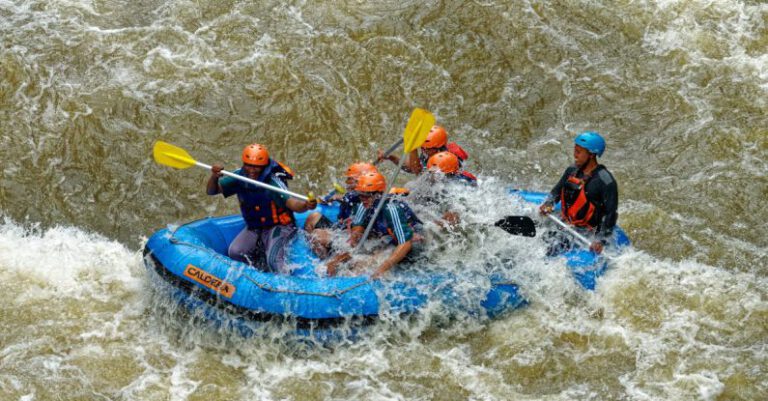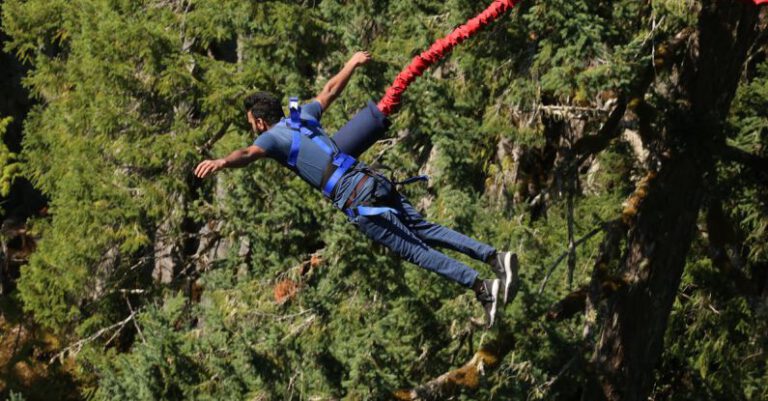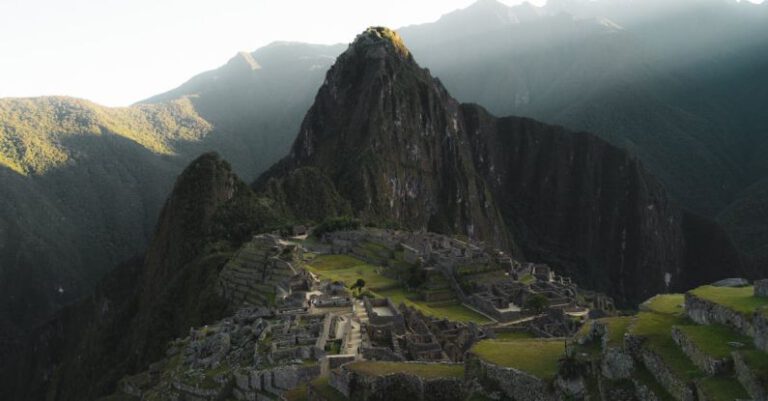How to Prepare for High Altitude Climbing?
High altitude climbing is a thrilling and challenging adventure that offers breathtaking views and a sense of accomplishment like no other. However, tackling high-altitude peaks requires thorough preparation to ensure a safe and successful journey. Whether you are an experienced climber or a novice looking to conquer your first high-altitude summit, proper preparation is key to a successful ascent. In this article, we will discuss essential tips on how to prepare for high-altitude climbing to help you reach new heights in your mountaineering pursuits.
Understanding the Challenges of High Altitude Climbing
Before embarking on a high-altitude climbing expedition, it is crucial to understand the unique challenges posed by high-altitude environments. As you ascend to higher altitudes, the air becomes thinner, resulting in lower oxygen levels. This decrease in oxygen can lead to altitude sickness, a condition that can range from mild symptoms like headaches and fatigue to more severe forms such as high-altitude pulmonary edema (HAPE) and high-altitude cerebral edema (HACE). Additionally, extreme weather conditions, steep terrain, and technical climbing routes can further add to the difficulty of high-altitude climbs.
Physical Conditioning and Endurance Training
One of the most important aspects of preparing for high-altitude climbing is physical conditioning and endurance training. Building a strong cardiovascular foundation through activities like running, cycling, and hiking can improve your endurance and stamina, which are essential for long hours of climbing at high altitudes. Strength training exercises focusing on core stability, leg strength, and upper body strength can also help prepare your muscles for the demands of high-altitude climbing.
Acclimatization and Altitude Training
Acclimatization is a critical aspect of high-altitude climbing preparation. Gradually exposing your body to higher altitudes allows it to adapt to the lower oxygen levels, reducing the risk of altitude sickness and improving your performance. When planning your climbing itinerary, include gradual ascents with rest days at higher altitudes to acclimatize effectively. Altitude training, which involves simulated altitude exposure through devices like altitude tents or training at high-altitude locations, can also help prepare your body for the challenges of climbing at high altitudes.
Proper Gear and Equipment
Having the right gear and equipment is essential for a safe and successful high-altitude climb. Invest in high-quality clothing that provides warmth, protection from the elements, and breathability to regulate body temperature. Essential gear includes a sturdy backpack, climbing harness, helmet, ropes, carabiners, crampons, ice axes, and a reliable GPS device for navigation. Proper footwear with good ankle support and traction is crucial for navigating steep and rocky terrain. Additionally, pack sufficient food, water, and emergency supplies to sustain you during the climb.
Nutrition and Hydration
Maintaining proper nutrition and hydration is vital for high-altitude climbing, where the body expends more energy due to the increased physical demands and lower oxygen levels. Consume a well-balanced diet rich in carbohydrates, proteins, healthy fats, and micronutrients to fuel your body for the climb. Hydration is equally important, as dehydration can exacerbate altitude sickness symptoms. Drink plenty of water and electrolyte-rich fluids to stay hydrated throughout the climb.
Mental Preparation and Mindset
High-altitude climbing is as much a mental challenge as it is a physical one. Developing a positive mindset, mental resilience, and the ability to stay focused and motivated during challenging situations are essential for a successful ascent. Practice mindfulness, visualization techniques, and mental exercises to build mental toughness and prepare for the mental challenges of high-altitude climbing. Stay calm, focused, and adaptable to changing conditions to make sound decisions and ensure your safety on the mountain.
Safety and Risk Management
Safety should always be a top priority when preparing for high-altitude climbing. Familiarize yourself with the potential risks and hazards associated with high-altitude environments, such as avalanches, rockfall, and extreme weather conditions. Follow safety protocols, communicate effectively with your climbing partners, and be prepared to make informed decisions in case of emergencies. Obtain necessary permits, register your climbing itinerary with local authorities, and inform someone reliable about your plans and expected return time.
In Conclusion
Preparing for high-altitude climbing requires a comprehensive approach that encompasses physical training, acclimatization, proper gear, nutrition, mental preparation, and safety measures. By following these essential tips and incorporating them into your climbing preparation, you can increase your chances of a safe and successful ascent to high-altitude peaks. Remember that high-altitude climbing is a challenging adventure that requires dedication, perseverance, and respect for the mountain environment. With careful preparation and a positive mindset, you can embark on an unforgettable high-altitude climbing experience that will test your limits and reward you with unparalleled views and a sense of achievement.






